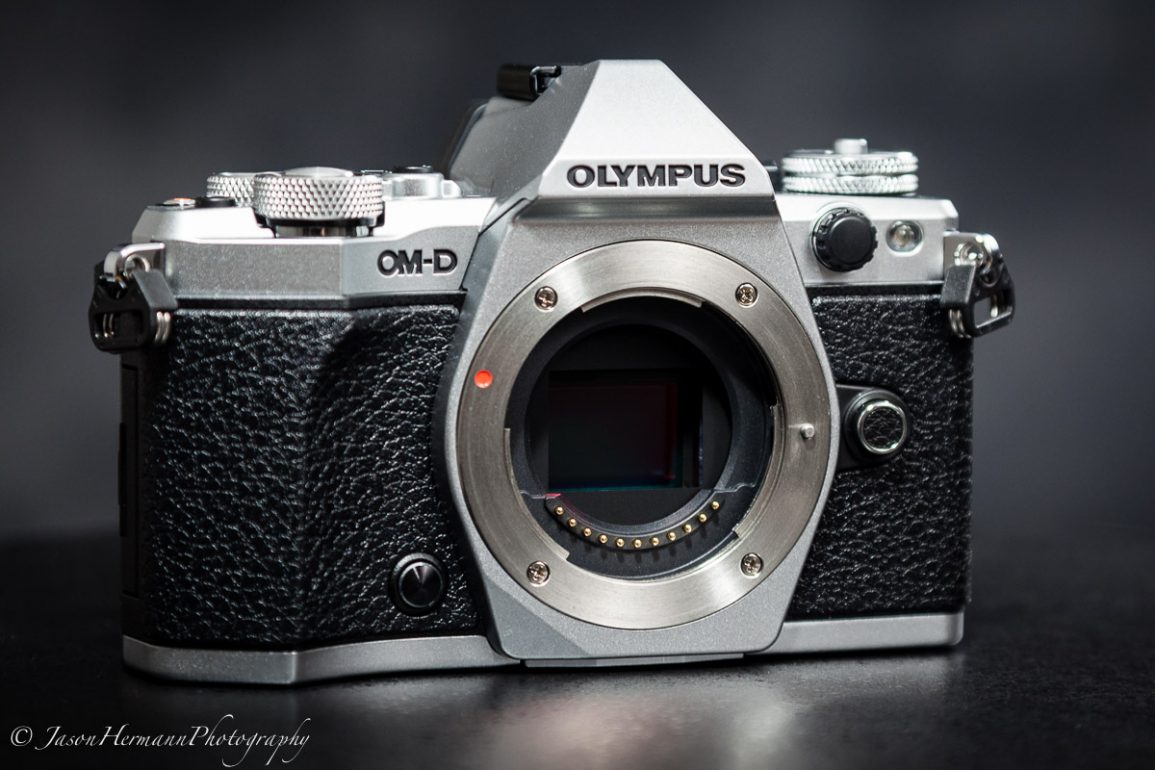In this article I’m going to focus on comparing the image quality and focus speed of the Olympus and Sony camera systems in low light lab conditions. This will show us how well each camera works in the lab environment which can be used very effectively! I’m working on getting the A6000 for a more updated camera comparison, but my Sony Nex-6 and Sony A7r will do just fine in my opinion for these comparisons. In fact the older Nex-6 has the 16mp sensor which matches up just right with the OM-D EM-5 Mark II, which will make comparing lab photos cake. When the resolution is different it adds another element of confusion into the mix I find when comparing.
Also, the older 1st generation hybrid AF that the Nex-6 offers will be really fun to compare! If it holds up, can you imagine how much better the A6000 would perform. I will re-do the tests with the A6000 if I get one before this review cycle is over just so you know…
I will also use the 40mp High Resolution Mode that the OM-D E-M5 Mark II offers and compare that to the 36mp A7r files. See how they compare in lightroom at 100% and so forth.
Lastly I will share some sample video which did not come out as good as I expected honesty….
Lab Testing
So I have a 25mm f/1.8 lens to use with the Olympus and the 75-300mm lens. For the Nex-6 I have the 18-55mm kit lens and the 55-210mm kit lens for focus testing, and High ISO Testing.
For the depth of field testing I am going to use the full frame A7r because I have a 50mm lens that I can set to f/1.8 which will be the same as the Olympus 25mm with the crop factor. This will show you just how much the depth of field is effected by the sensor size itself. The smaller APS-C sensor Nex-6 would have a depth of field about half way between the full frame and micro four thirds…
High ISO
High ISO is one of those tests that must be done and is most important to many folks, so here ya go…
ISO 25600 Jpeg Quality Images
First the Olympus EM-5 Mark II using Auto WB Jpeg Quality. Please click on the photos for the ~1200px version!
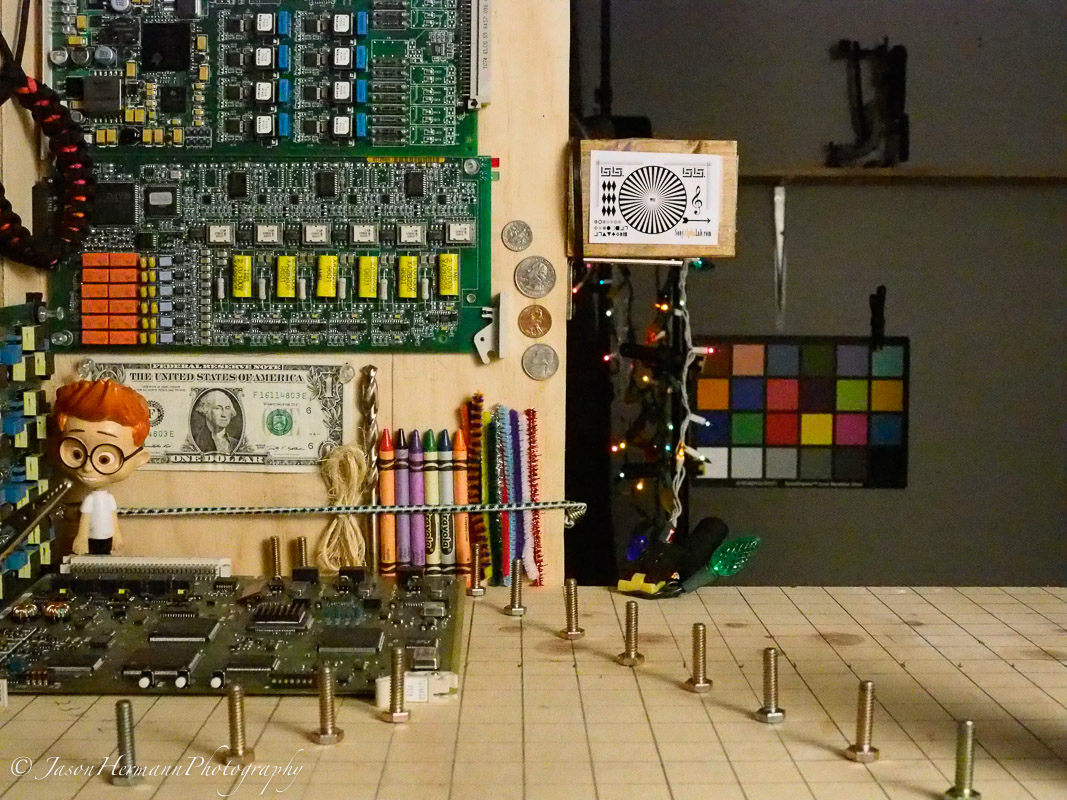
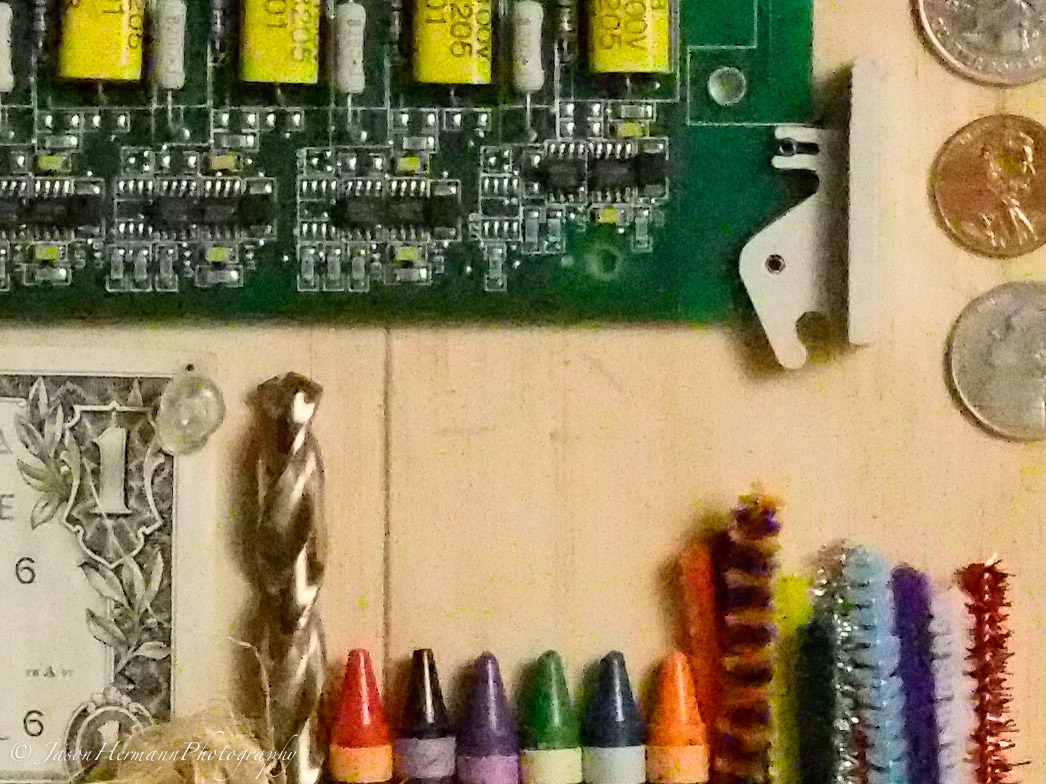
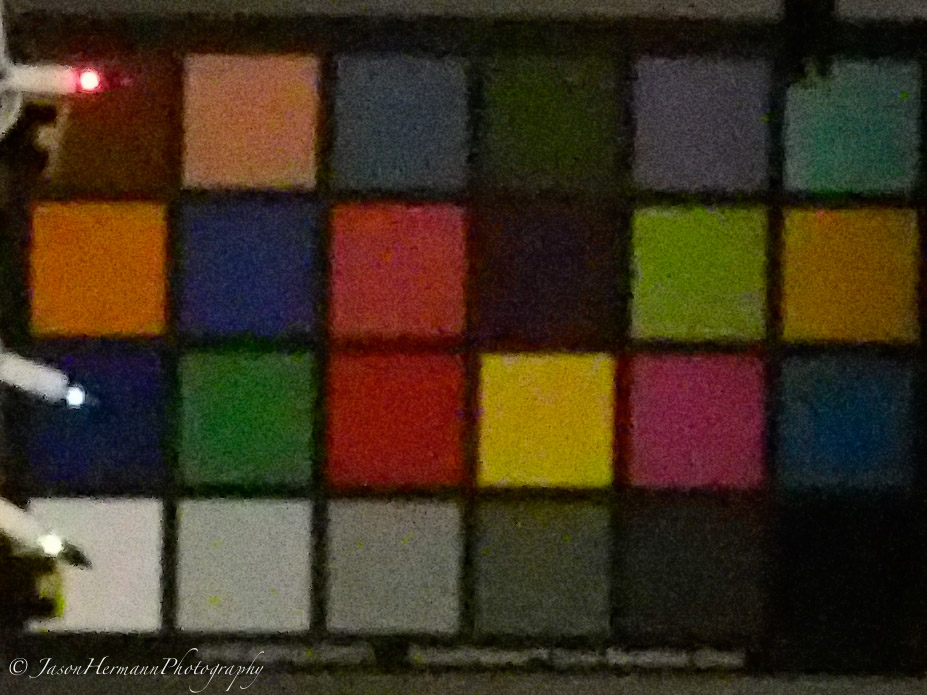
Sony Nex-6 ISO 25600
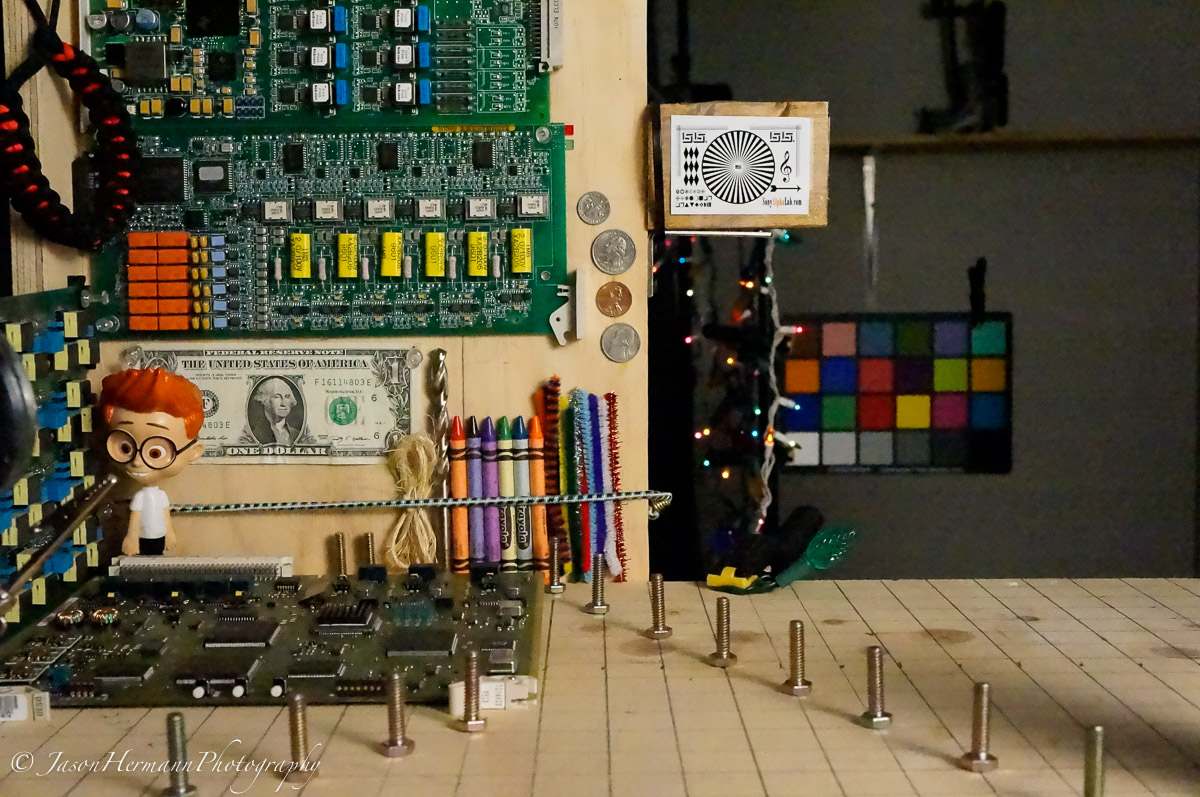
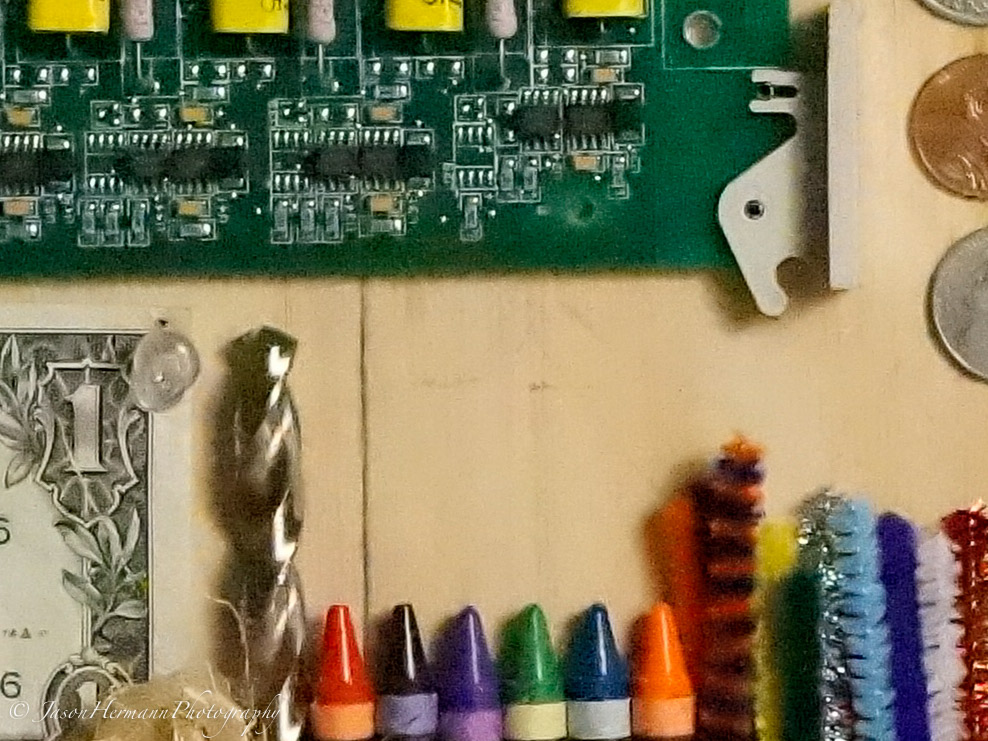
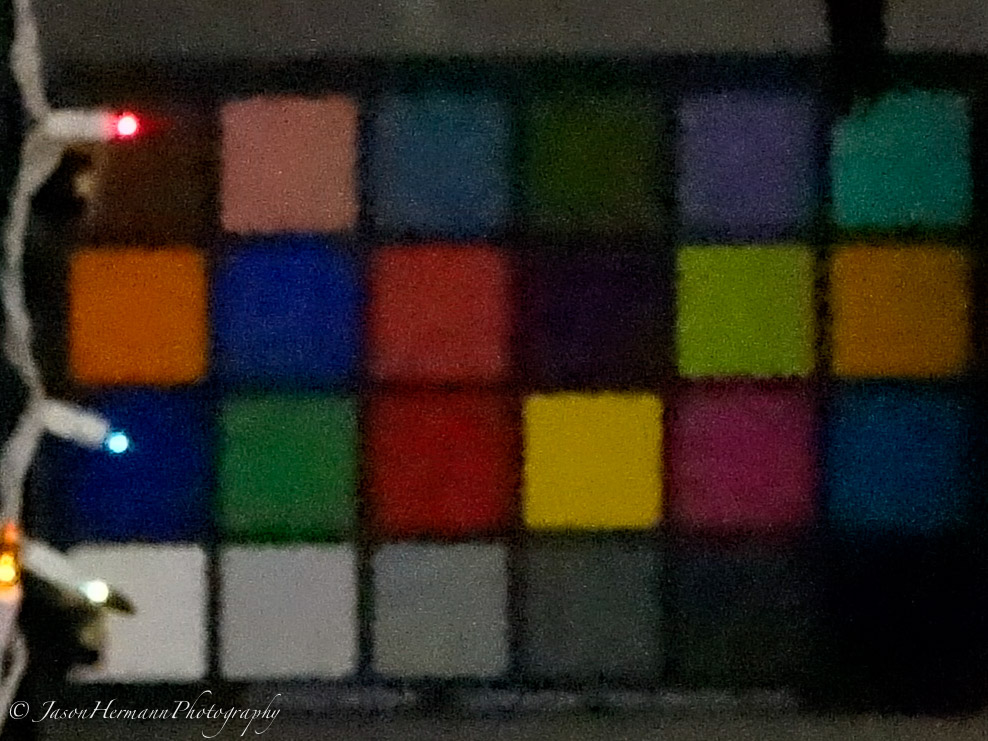
In my opinion the Sony Nex-6 does a better job at retaining the details and color accuracy in this high ISO lab test. Note how the full scenes from each camera look fairly awesome considering it’s ISO 25,600. Only when you view them pixel for pixel does the differences become apparent. Very close is the bottom line… I also notice Auto White Balance appears more accurate on the Nex-6 in the lab scene based on the color chart.
Depth of Field and Bokeh Testing
Full Frame Sony Alpha A7r vs Micro 4/3rds (2x crop factor) Olympus OM-D E-M5 Mark II
First the full frame A7r and the old school Minolta 50mm f/1.4 Rokkor-X Lens @ f/2
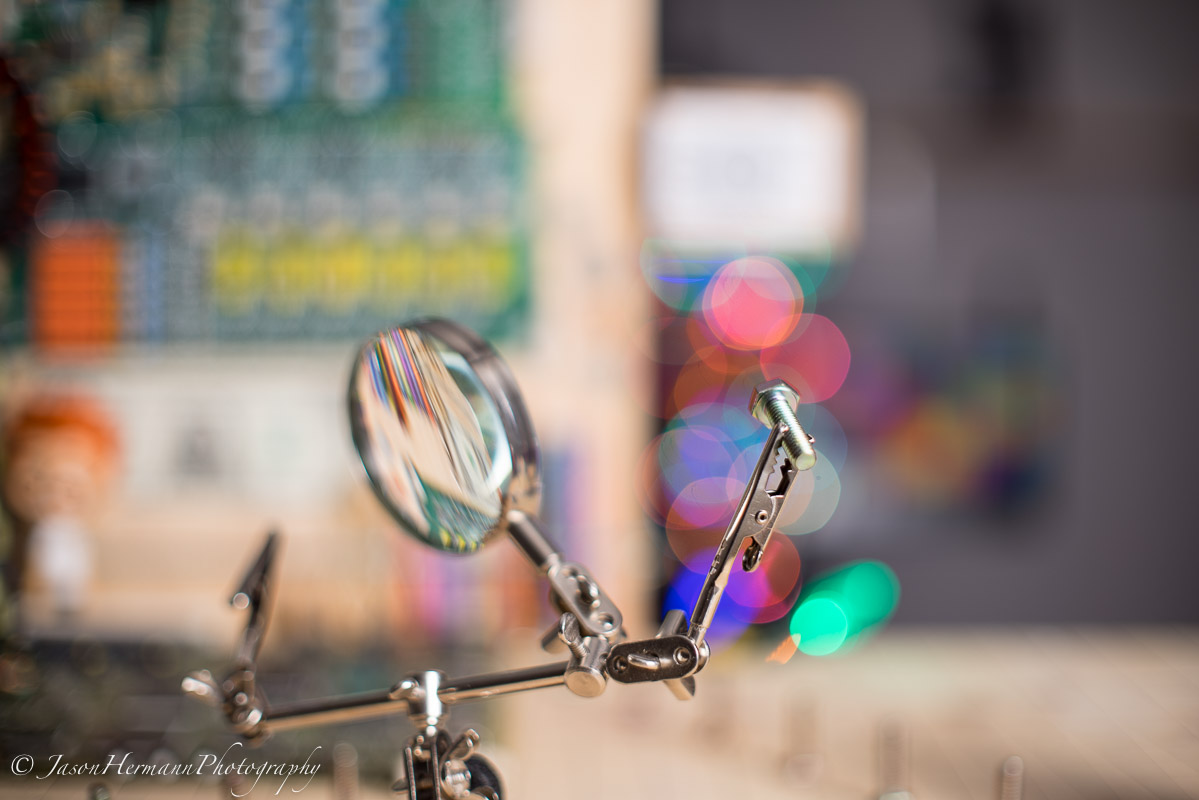
Here is the Olympus at the same distance from the screw using the 25mm lens @ f/1.8 so you can see the effective depth of field difference. Both cameras @ 50mm effective…
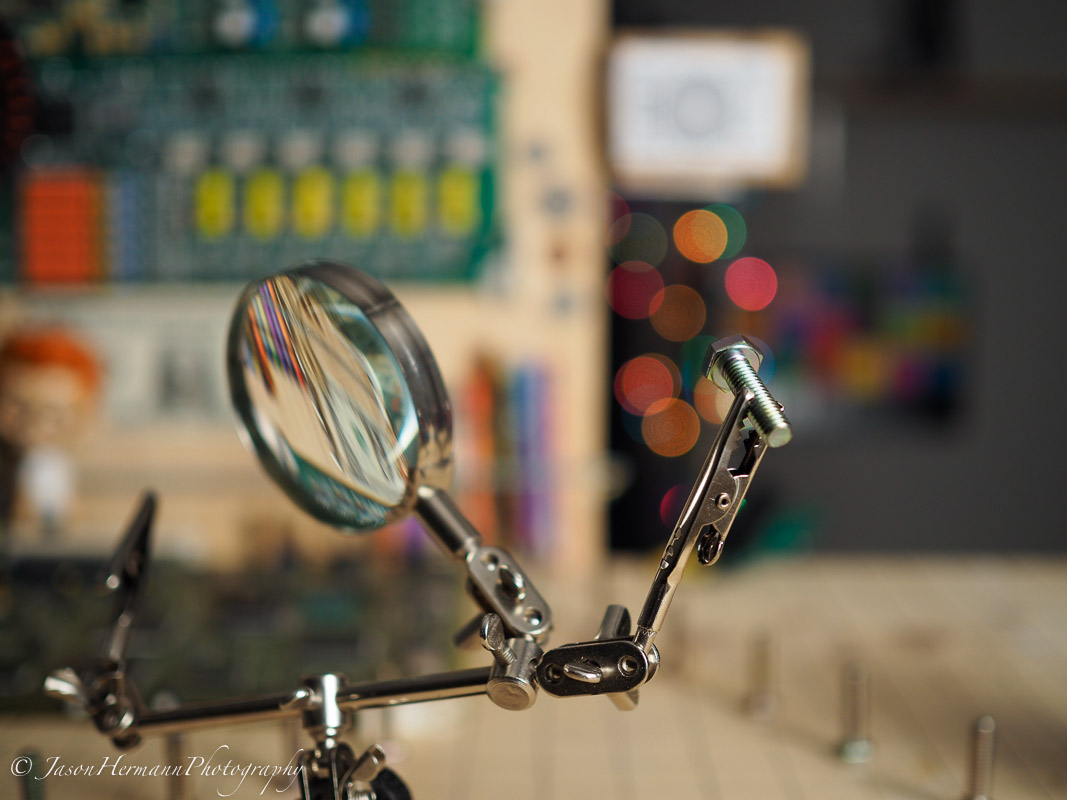
Minimum Focus Distance w/ OM-D E-M5 Mark II and 25mm f/1.8 lens.
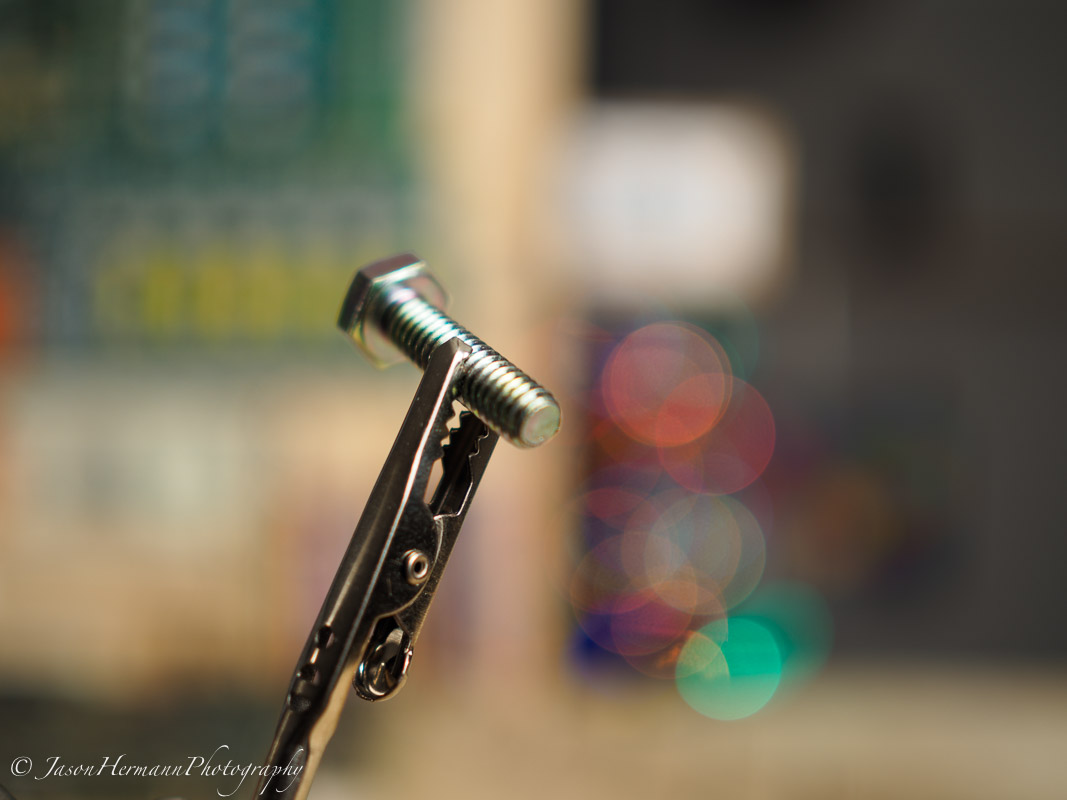
At the minimum focus distance, the separation achieved and bokeh rendering is pretty awesome with this camera and lens combination in my opinion. Not full frame killer quality, but still very good in all regards.
40MP High Resolution Mode vs 36MP A7r
I download this plug-in for Photoshop in order to get the High Res Olympus file to work on my Mac laptop, but the Camera saved the file as Jpeg so I did not even bother with it for now. Perhaps if I shoot exclusively raw it will not save it as a jpeg? I will find out… In any event, this high res mode absolutely works and is not a gimmick. I was surprised at the speed it took all the frames and compiled them as well.
So you saw the full lab scene above at what the ~1200px 100% crop looks like. Now reference that with this 100% crop detail and you will see how much more effective information there really is. The A7r does almost the same thing every single frame, but this is an amazing feature for a camera to have. Sony will most likely be adding this to their A7 II camera with a firmware update, or in the next new model re-lease I would bet.
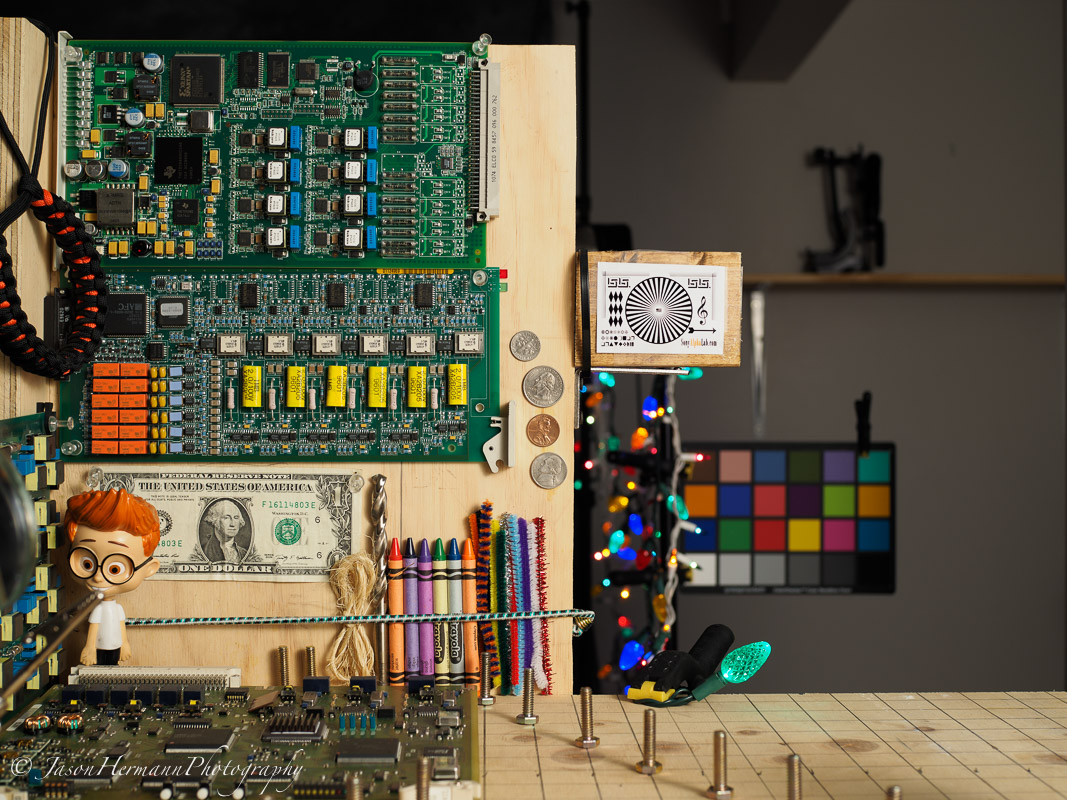

Here is one from the Sony A7r using the Loxia 35mm f/2 Lens I recently reviewed Here >>
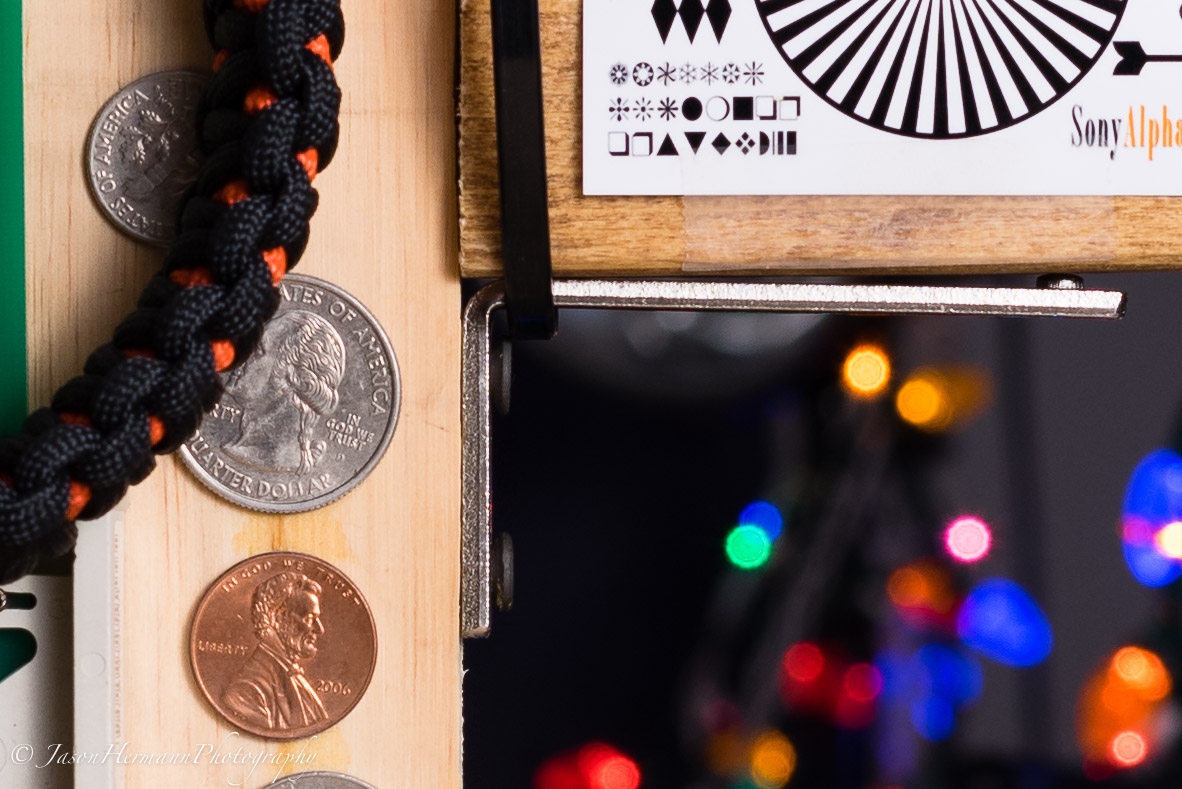

For all intensive purposes this 40mp high res mode works like a charm and should be praised as a killer new functional feature that utilizes the potential of moving sensor technology.
Focus Speed Testing
In this video I will show you the focus speed testing done in the lab using the Sony Nex-6 and Olympus OM-D E-M5 Mark II. I will use center focus mode for this test.
When using the zoom lenses, focus speeds are reduced on both camera systems as you will see. The Sony A6000 is noticeable faster than my older Sony Nex-6, but I don’t have the A6000 in hand at the moment, so why not use the older Nex-6 I say! I will try and get the A6000 to do some real world speed testing and the lab test again for those interested…
Updated Sample Video!
The sample video I showed you in the focus testing video above, was not properly timed by frame rate and this was totally my fault and resulted in the video looking like crap. I re-processed the video properly this time and added some 60p footage for some slow motion effects. I converted and exported at 1080/24p. Now the video looks much better!
Sample Photos?
A few sample photos with impressions can be seen on the forum if you are interested….
- Yeah so I got the OM-D EM-5 Mark II and here are a few sample photos >>
- SAL Photography Challenge #5 – Telephoto >>
Closing Remarks
Well, as you can see the cameras both performed pretty well in these tests. The larger sensor Sony Nex-6 offers a slight advantage in the lab testing as far as I can tell and the focus speed of the OM-D EM-5 Mark II is faster. The newer Sony A6000 is about the same speed as the OM-D however, so please keep that in mind!
Full Olympus OM-D EM-5 Mark II review will be next and thank you so much for checking in and your support,
Jay

